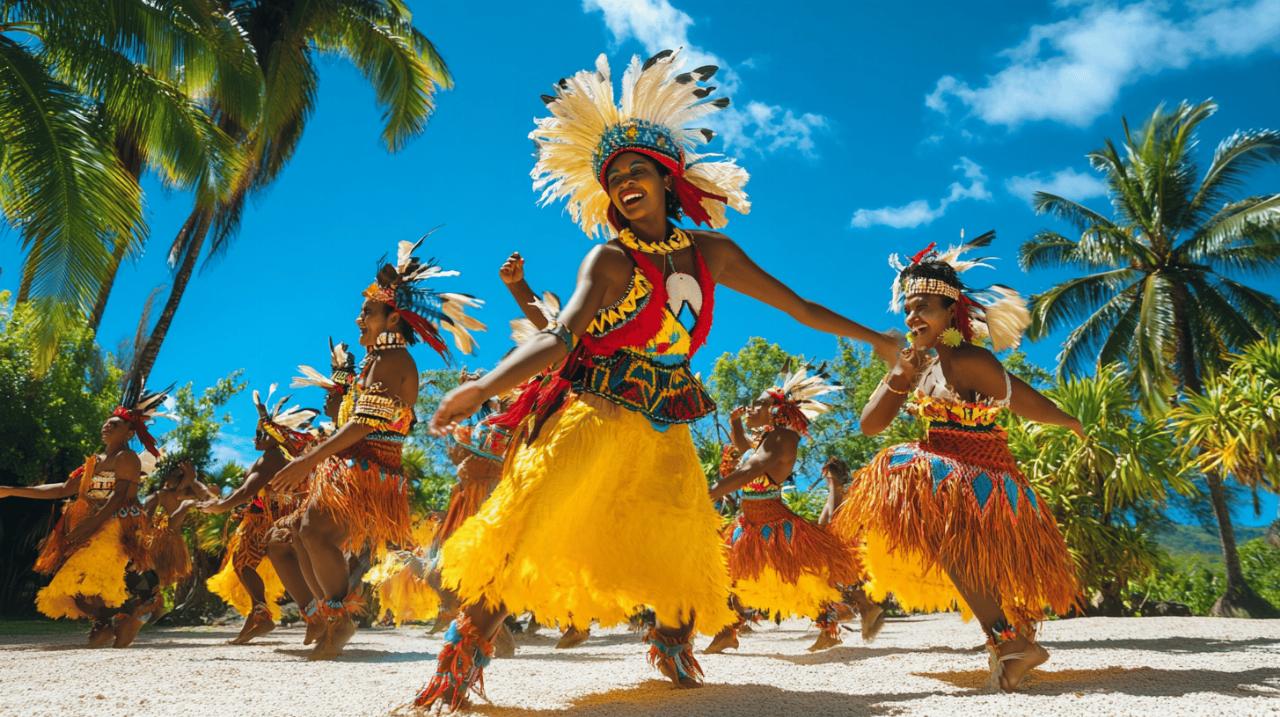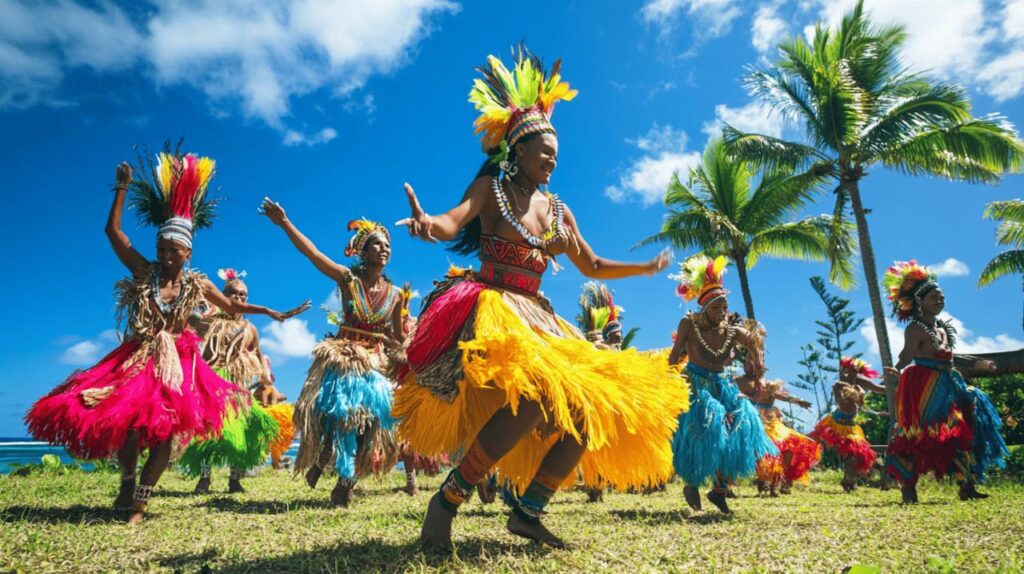New Caledonia stands as a fascinating cultural crossroads in the South Pacific, where ancient traditions blend seamlessly with colonial influences to create a unique identity. This Pacific archipelago, discovered by James Cook in 1774, has evolved into a vibrant mosaic of customs, languages, and artistic expressions that captivate visitors from around the world. As Walkabout Travel has highlighted in their recent coverage, the territory offers an extraordinary fusion of traditional and modern elements that extends beyond architecture into every aspect of daily life.
The foundations of new caledonian cultural heritage
The cultural landscape of New Caledonia cannot be understood without acknowledging its dual heritage, rooted in both indigenous Kanak traditions and the significant French presence that began with colonisation in 1853. This small territory, positioned about 1,210 kilometres east of Australia, represents a fascinating example of cultural resilience and adaptation in the face of historical challenges.
Ancient kanak traditions and their significance
The Kanak people, the indigenous inhabitants of New Caledonia, form the bedrock of the territory’s cultural identity. Their society operates through a sophisticated system of clans, tribes, and customary chiefdoms, with each clan possessing its own history, sacred sites, totem, and representative colour. Central to Kanak culture is the concept of Coutume, a customary gesture that embodies principles of hospitality, sharing, and respect. This practice remains vital during tribal visits, where guests are expected to bring gifts such as sarongs or local food as a sign of respect.
The spiritual connection to nature and ancestors permeates all aspects of Kanak life, from self-sufficient practices in farming and fishing to artistic expressions and culinary traditions. Storytelling occupies a revered position in cultural transmission, with legends depicting the harmonious coexistence of people with nature and spirits. Across the archipelago, including Grande Terre and the Loyalty Islands, language diversity flourishes with 28 distinct Kanak languages serving as vessels for preserving oral history and cultural knowledge.
The impact of french colonial presence
When France annexed New Caledonia in 1853, it marked the beginning of profound cultural transformations. Initially established as a penal colony, the territory witnessed the emergence of nickel mining in 1874, an industry that continues to dominate the economy today with New Caledonia holding approximately 25% of global nickel resources. The transition from colony to overseas territory in 1946 represented a significant shift in administrative status, though French influence remained deeply embedded in governance, education, and daily life.
The descendants of European settlers, known locally as Caldoches, have developed a distinctive lifestyle that merges French customs with Oceanian influences. This cultural fusion is particularly evident in Nouméa, the capital city where about two-thirds of the country’s 271,407 residents live. The city showcases this blending through landmarks like the Tjibaou Cultural Centre, which celebrates Kanak heritage through contemporary architectural expression. The Matignon Accords of 1988 initiated a period of relative peace and reconciliation, though tensions persist, as evidenced by the riots in May 2024 over proposed electoral reforms.
Artistic expressions across New Caledonia
The artistic landscape of New Caledonia offers a vivid reflection of its complex cultural identity, with traditional forms existing alongside contemporary movements. These creative expressions serve not only as aesthetic achievements but as vital mechanisms for cultural preservation and communication in a rapidly changing world.

Traditional kanak art forms and symbolism
Kanak artistic traditions encompass a rich variety of practices, with wood carving and weaving standing as particularly significant expressions of cultural identity. Master carvers create intricate ceremonial masks, totems, and door posts for traditional houses, each embedded with symbolic meanings that connect to clan histories and spiritual beliefs. The distinctive house posts, rising majestically from circular structures, often incorporate ancestral figures that serve as guardians of communal spaces.
Weaving represents another cornerstone of traditional craftsmanship, with skilled artisans transforming pandanus leaves and other natural materials into practical items like mats and baskets that also carry cultural significance. These items frequently feature in customary exchanges during important ceremonies and serve as markers of social relationships. The artistic traditions extend to body adornment, with shell jewellery and ceremonial dress playing important roles in cultural events, particularly during the rhythmic music and dance performances that animate rituals and celebrations throughout the archipelago.
Contemporary creative movements and french influences
Modern New Caledonian artistic expression reflects the territory’s position at the intersection of Pacific and European cultural currents. Contemporary artists draw inspiration from traditional Kanak motifs while incorporating techniques and perspectives influenced by French artistic movements. This creative dialogue has produced a distinctive aesthetic that addresses themes of identity, colonisation, and environmental concerns relevant to this Pacific territory.
The Tjibaou Cultural Centre, designed by renowned architect Renzo Piano, stands as perhaps the most visible symbol of this cultural synthesis. Its design, reminiscent of traditional Kanak houses yet executed with modern materials and techniques, provides a space where traditional practices can flourish alongside contemporary creative exploration. Throughout Nouméa and beyond, galleries showcase works by local artists who navigate the complex terrain between heritage preservation and artistic innovation. Maritime trade routes have historically facilitated cultural exchange throughout the Pacific, and today tourism creates new opportunities for cultural sharing, with visitors experiencing New Caledonian creativity through workshops, festivals, and cultural tours that highlight both traditional and contemporary expressions.

